
GLOBAL STROKE LEADERS LAUNCH RADICAL STROKE AND DEMENTIA PREVENTION STRATEGY
The World Stroke Organization (WSO) has published a radical strategic framework that aims to transform prevention of stroke and dementia.
Published in latest edition of The Lancet Neurology, the WSO Declaration on Global Prevention of Stroke and Dementia, recognizes the commonality and reciprocity of stroke and dementia risk and calls for urgent action by governments and healthcare policy bodies to address the limitations of current prevention strategy. Over the past ten years the adult lifetime risk of stroke has increased from 1 in 6, to 1 in 4.
Without new evidence-based interventions, the WSO projects a current trajectory of disease that will lead to an annual death toll of 12 million stroke deaths and 5 million dementia deaths by 2050.
Highlighting the need for action in low- and medium-risk populations, who will ultimately represent 80% of the stroke and cardiovascular disease burden, the Declaration identifies four interdependent interventions that will significantly reduce the incidence and prevalence of stroke and dementia. The strategy also takes into account the specific challenges experienced by governments and communities in Low- and Middle- Income countries, putting in place a lower cost alternative to current prevention approaches.
Key principles of the Declaration
1 Adoption of population wide strategies that reduce exposure to stroke risk factors such as tobacco, alcohol and food policies, as well as action to address environmental risk factors, including air pollution, across the lifespan of the whole population.
2 Implement and promote the adoption of motivational mobile technologies, e.g. the WSO endorsed StrokeRiskometer to identify individual risks and support action on lifestyle risk factors among adults.
3 Access to low dose combination of generic blood pressure and lipid-lowering therapies in one polypill for middle age and older adults with at least two behavioural or clinical stroke risk factors.
4 Investment, training and deployment of community health workers to facilitate implementation.
WSO presents combined research evidence that shows a combination of these interventions would lower the incidence and of stroke by 50% and dementia incidence by 30% while contributing to decrease in incidence of other non-communicable diseases which share common risk factors.
Another proposed shift of approach is to change the way risk is communicated to patients, by health professionals. Current categorization into low-, medium- and high-stroke risk can give a false sense of security for those who are told they are low or medium risk and may not take into account all risk factors that are present. The global stroke body instead calls for a more holistic approach, that places stroke risk on a continuum and encourages early intervention and a life-course approach to risk reduction.
WSO President Prof Michael Brainin, who champions the organization’s prevention effort said ‘COVID-19 has spurred previously inconceivable levels of government intervention and individual behaviour change around the world, but we have been effectively living with a stroke pandemic and a failing prevention strategy for years.
The need for radical action is clear and our prevention principles provide low cost, evidence-based approaches that if implemented globally would not only save millions of lives but would deliver savings of hundreds of billions of dollars annually. This is money that will be desperately needed to strengthen global health systems and to fuel economic recovery in the wake of COVID-19.’
For more information please contact Anita Wiseman awiseman@kenes.com
1 The World Stroke Organization is the only global body solely focused on stroke. With around 90 organizational members from countries in every global region, we represent over 55,000 stroke specialists in clinical, support and community settings. The WSO vision is a ‘life free from stroke’. We work towards this vision through a strategic programme that addresses key factors in stroke mortality and morbidity at global, regional and national levels. Our strategy combines evidence-based advocacy, context-sensitive guidelines, tool kits, clinical education and training programmes and public campaigns that aim to raise awareness of the symptoms of stroke and stroke prevention.
2 WSO is an NGO in official consultative relations with the UN Economic and Social Council and a WHO implementation partner.
Lancet. (2020). news-and-blog/news/global-stroke-leaders-launch-radical-prevention-strategy. Retrieved June 2020, from World Stroke Organization : https://www.world-stroke.org


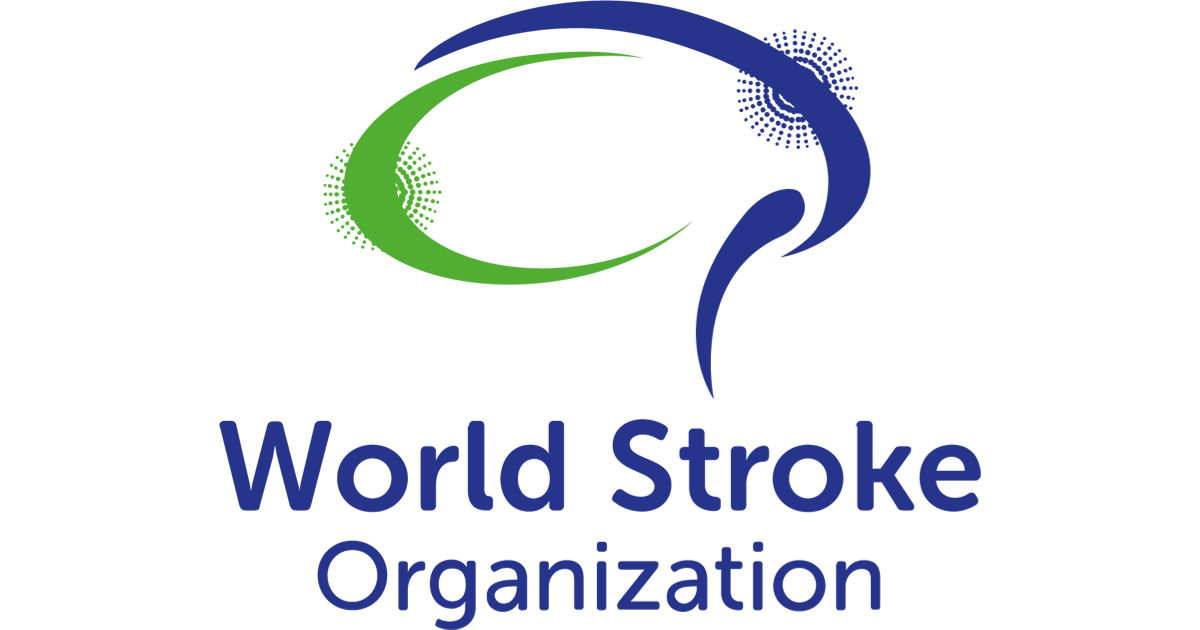



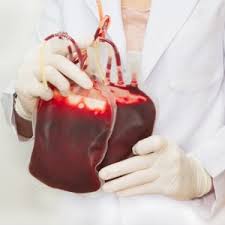
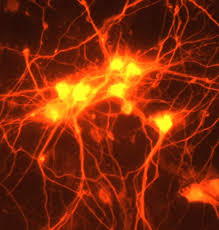
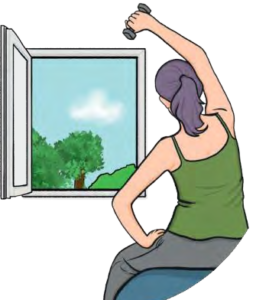
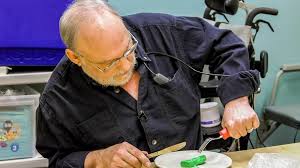
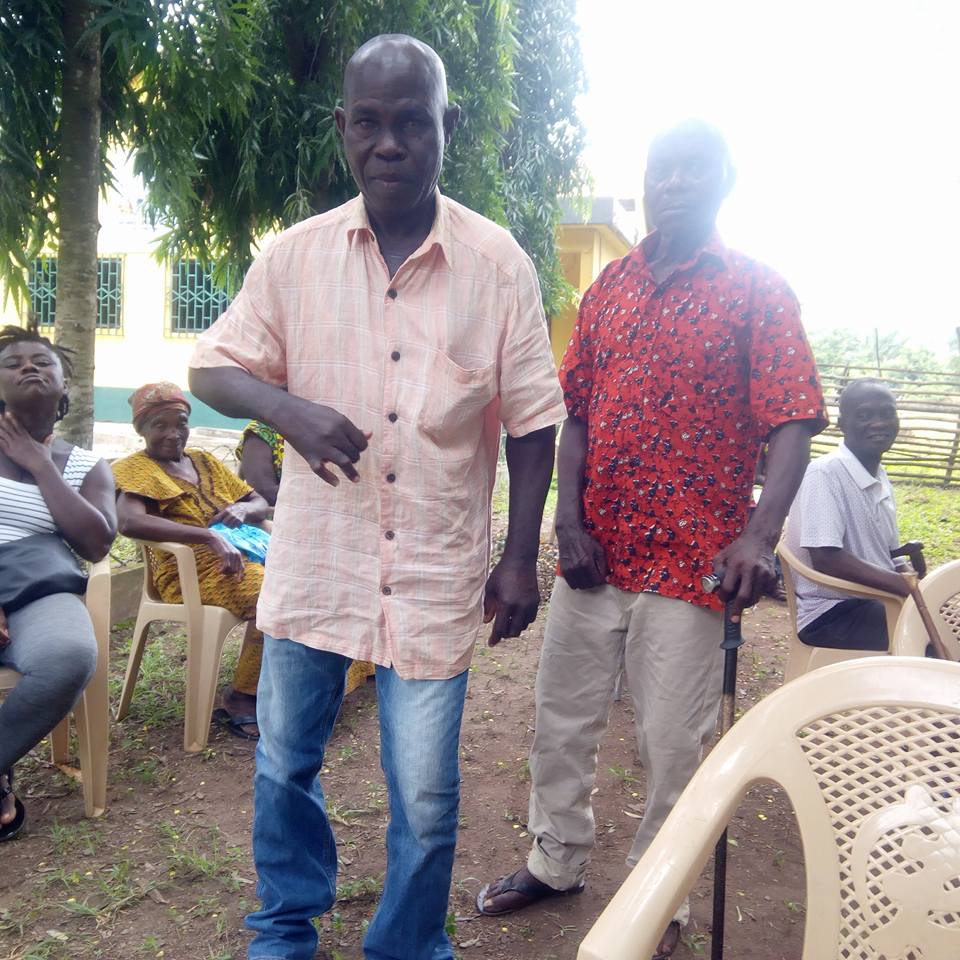



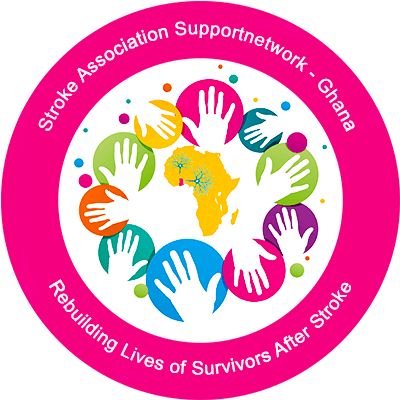


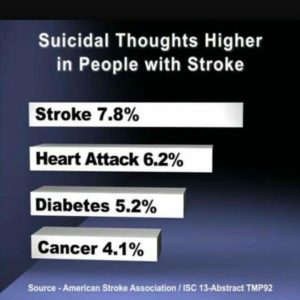
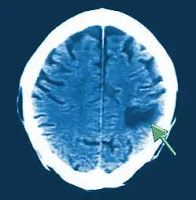


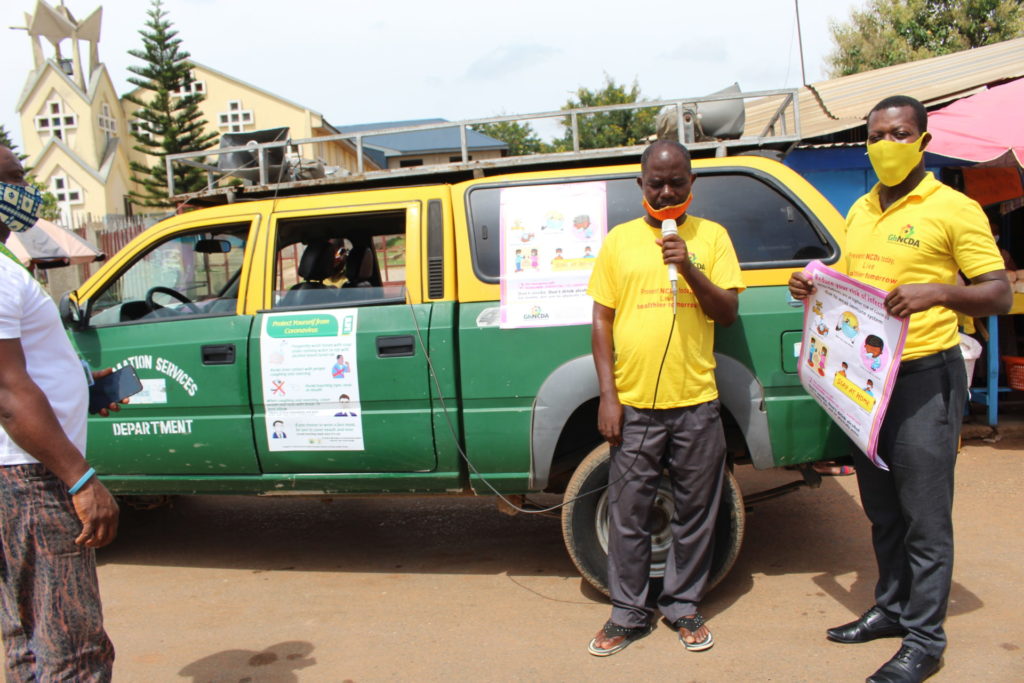 The Ghana NCD Alliance and Stroke Association Supportnetwork-Ghana (SASNET-GHANA) in collaboration with the Eastern regional Health Directorate, Ghana Health Service and Information Service Department embarked on COVID19 and Non Communicable Diseases (NCDs) education within some selected districts in the Eastern region to help contain the spread of the disease and reduce the deaths relating to COVID19 with a total death record of 34 with over 80% being patients with existing conditions ,such as diabetes, hypertension, respiratory illness among others.
The Ghana NCD Alliance and Stroke Association Supportnetwork-Ghana (SASNET-GHANA) in collaboration with the Eastern regional Health Directorate, Ghana Health Service and Information Service Department embarked on COVID19 and Non Communicable Diseases (NCDs) education within some selected districts in the Eastern region to help contain the spread of the disease and reduce the deaths relating to COVID19 with a total death record of 34 with over 80% being patients with existing conditions ,such as diabetes, hypertension, respiratory illness among others. The exercise began on 14th May 2020 and will end on 31st May 2020 in the eastern hoping to replicate it in parts of the region and in the Volta region. COVID19 and NCDs public education was officially launched on MyFm 94.5, Eastern FM 105.5 and on all the social media platforms which was preceded with a press statement by persons living with Non Communicable Disease such as Strokes, Hypertension, Diabetes, Cancer, Alzheimer’s, persons wilt autoimmune disease, etc and care partners .The press statement was captured and used as a news item by radio stations in the region and on Ghana News Agency website( https://www.gna.org.gh/1.18271831 ) The campaign team visited Communities such as Yilo Krobo, New Juaben North and South, Akuapem , Akyem Tafo and Suhum and Kraboa coaltar all in the Eastern region .Persons Living with NCDs and care partners led the education on COVID19 and NCDs with one amplified voice and a call all Ghanaians especially Persons with NCDs to stay safe and healthy in this COVID19 era. The team sought views from persons living with Non-Communicable Diseases (NCDs) and carers on their needs, challenges, before and during the COVID19 pandemic and present those feedback as a report to keep government informed and guide in the implementation strategies to strengthen Ghana’s response to COVID19 and NCDs especially in the eastern region. The New Juaben South Municipal Chief Executive, Hon. Isaac Apaw Gyasi supported the COVID19 and NCDs public education with facemasks for the vulnerable especially the aged and persons living with Non Communicable Disease.
The exercise began on 14th May 2020 and will end on 31st May 2020 in the eastern hoping to replicate it in parts of the region and in the Volta region. COVID19 and NCDs public education was officially launched on MyFm 94.5, Eastern FM 105.5 and on all the social media platforms which was preceded with a press statement by persons living with Non Communicable Disease such as Strokes, Hypertension, Diabetes, Cancer, Alzheimer’s, persons wilt autoimmune disease, etc and care partners .The press statement was captured and used as a news item by radio stations in the region and on Ghana News Agency website( https://www.gna.org.gh/1.18271831 ) The campaign team visited Communities such as Yilo Krobo, New Juaben North and South, Akuapem , Akyem Tafo and Suhum and Kraboa coaltar all in the Eastern region .Persons Living with NCDs and care partners led the education on COVID19 and NCDs with one amplified voice and a call all Ghanaians especially Persons with NCDs to stay safe and healthy in this COVID19 era. The team sought views from persons living with Non-Communicable Diseases (NCDs) and carers on their needs, challenges, before and during the COVID19 pandemic and present those feedback as a report to keep government informed and guide in the implementation strategies to strengthen Ghana’s response to COVID19 and NCDs especially in the eastern region. The New Juaben South Municipal Chief Executive, Hon. Isaac Apaw Gyasi supported the COVID19 and NCDs public education with facemasks for the vulnerable especially the aged and persons living with Non Communicable Disease.